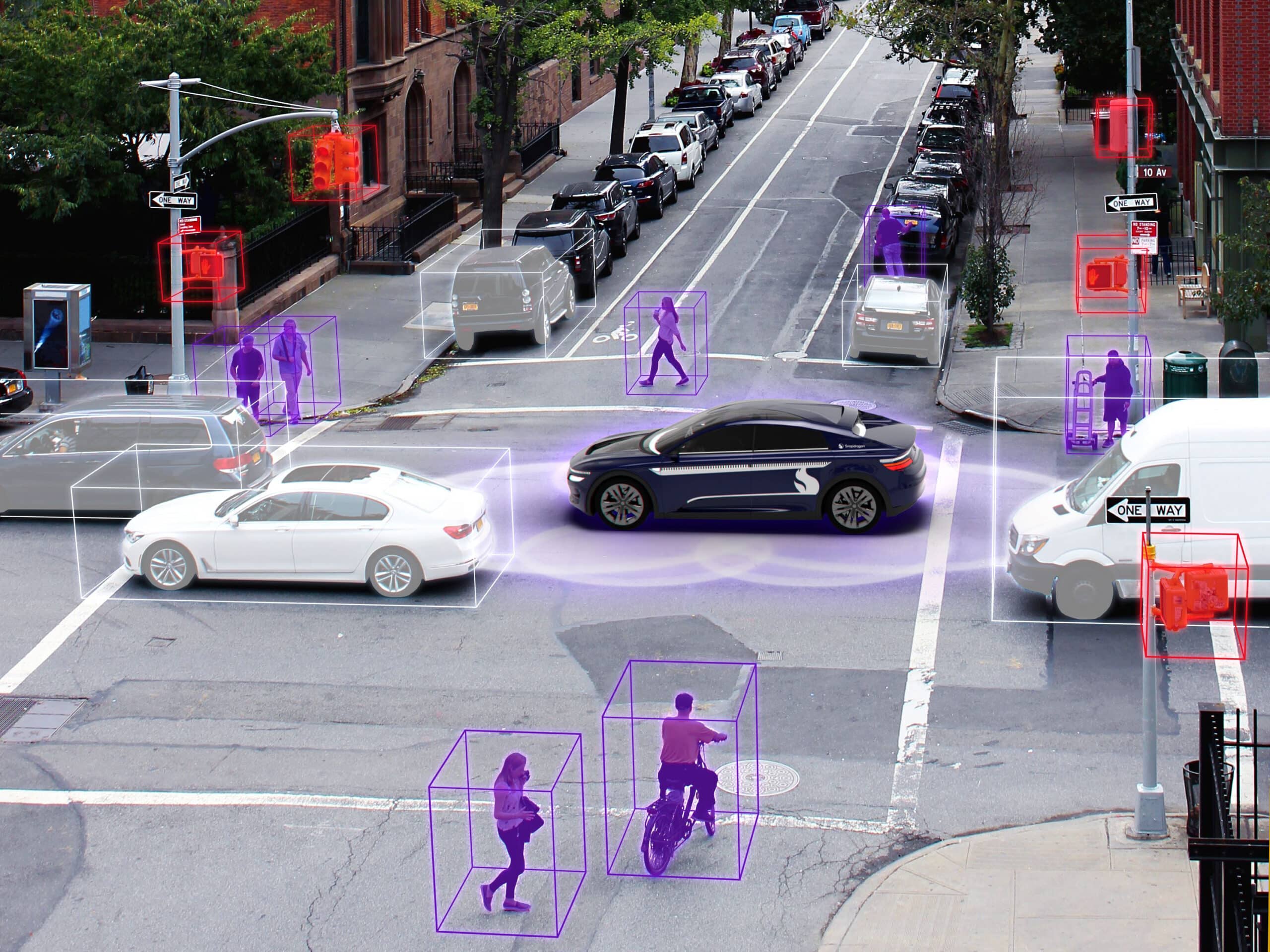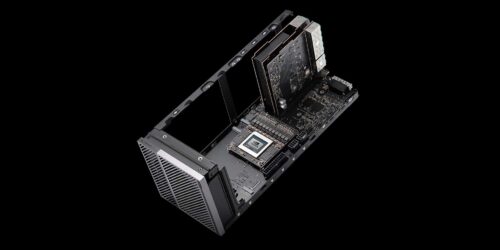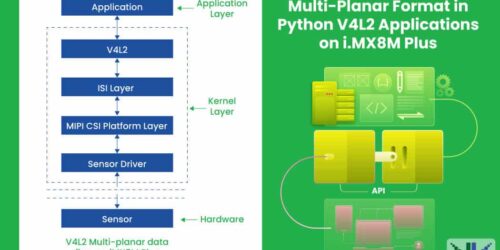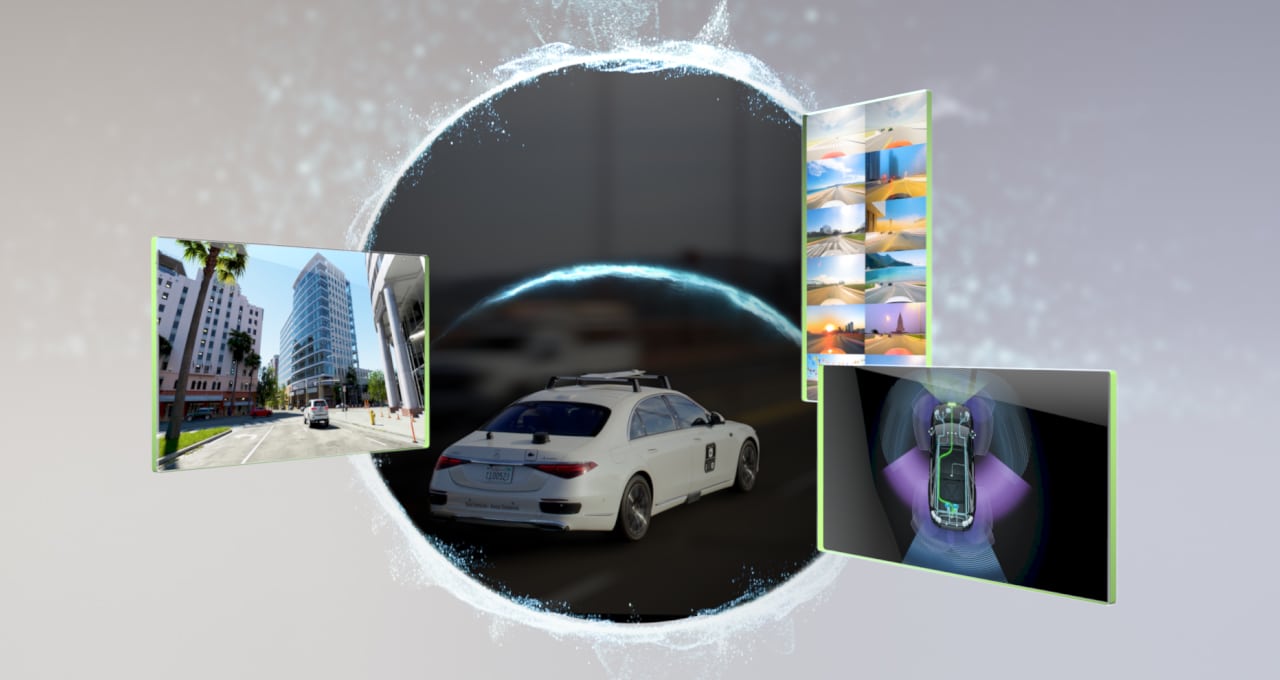Automated Driving for All: Snapdragon Ride Pilot System Brings State-of-the-art Safety and Comfort Features to Drivers Across the Globe
This blog post was originally published at Qualcomm’s website. It is reprinted here with the permission of Qualcomm. Qualcomm Technologies, Inc. introduces Snapdragon Ride Pilot at IAA Mobility 2025 What you should know: Qualcomm Technologies, Inc. has introduced Snapdragon Ride Pilot to help make driving more safety-focused and convenient for people around the world. Features […]











